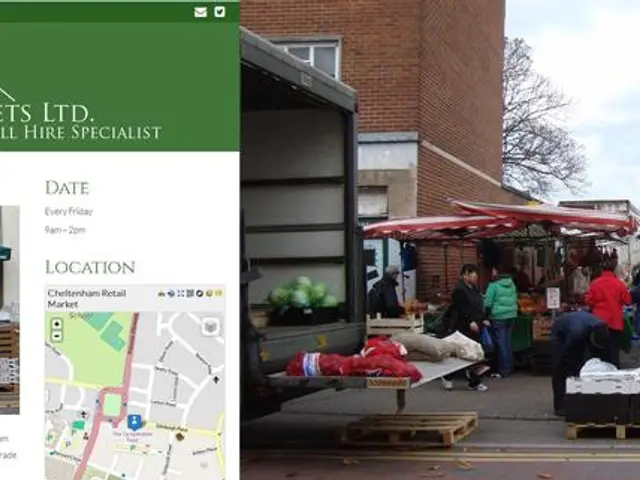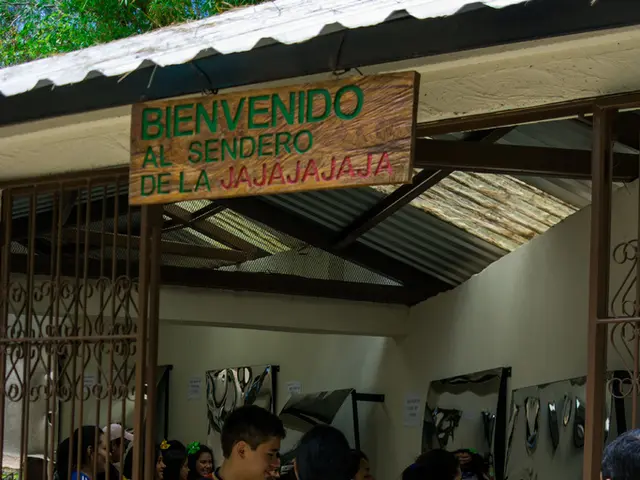Guide for Disabling Screen Sharing Restrictions on Android 15
In the latest Android update, version 15, screen share protections have been significantly improved to enhance privacy and security. These protections are designed to prevent sensitive content like videos, banking apps, and private information from being recorded or cast without user consent.
While these improvements offer a more secure experience, they also mean that there is no straightforward or official way to temporarily disable screen share protections without rooting or complex hacks. This is a built-in feature designed to safeguard your personal information.
It's important to note that Android 15's security model enforces screen capture and screen sharing protections to ensure content marked as secure is not recorded or cast. This feature is a crucial part of the system's design.
If you find yourself in a situation where you need to demonstrate an app or help a friend troubleshoot, temporarily disabling screen share protections can be useful. To do this on Android, you'll first need to enable Developer Mode. Here's how:
- Go to your device's settings, then About Phone.
- Tap the build number continuously (7 to 10 times) to enable Developer Mode.
- Go back to the Settings main menu and select the Developer option.
- In Developer options, find "Disable screen share protections" and toggle on the switch next to it.
On Pixel devices, the process is slightly different. Instead of going through the About Phone section, you'll want to go to the settings main menu and select System. Then, scroll down and select Developer options.
Remember, re-enabling screen share protections is crucial for maintaining an important layer of security for your daily smartphone use. It's also essential to manually check for sensitive content before every screen share or recording when screen share protections are disabled.
In summary, screen share protections enforced by Android 15 are designed to be robust and cannot be temporarily disabled through a user-accessible setting or simple method without rooting or hacking the system. If your goal is to record or share screen content from protected apps, currently this requires either rooting and using custom modules (which is not recommended) or using external hardware recording devices, or contacting app developers for alternative sharing options.
Usage of technology like screen share protections in Android 15 aims to safeguard sensitive data, such as videos, banking apps, and private information, from unauthorized recording or casting. However, temporarily disabling these protections without rooting or complex hacks isn't feasible through a user-accessible setting, requiring hacking the system or using external hardware recording devices.




